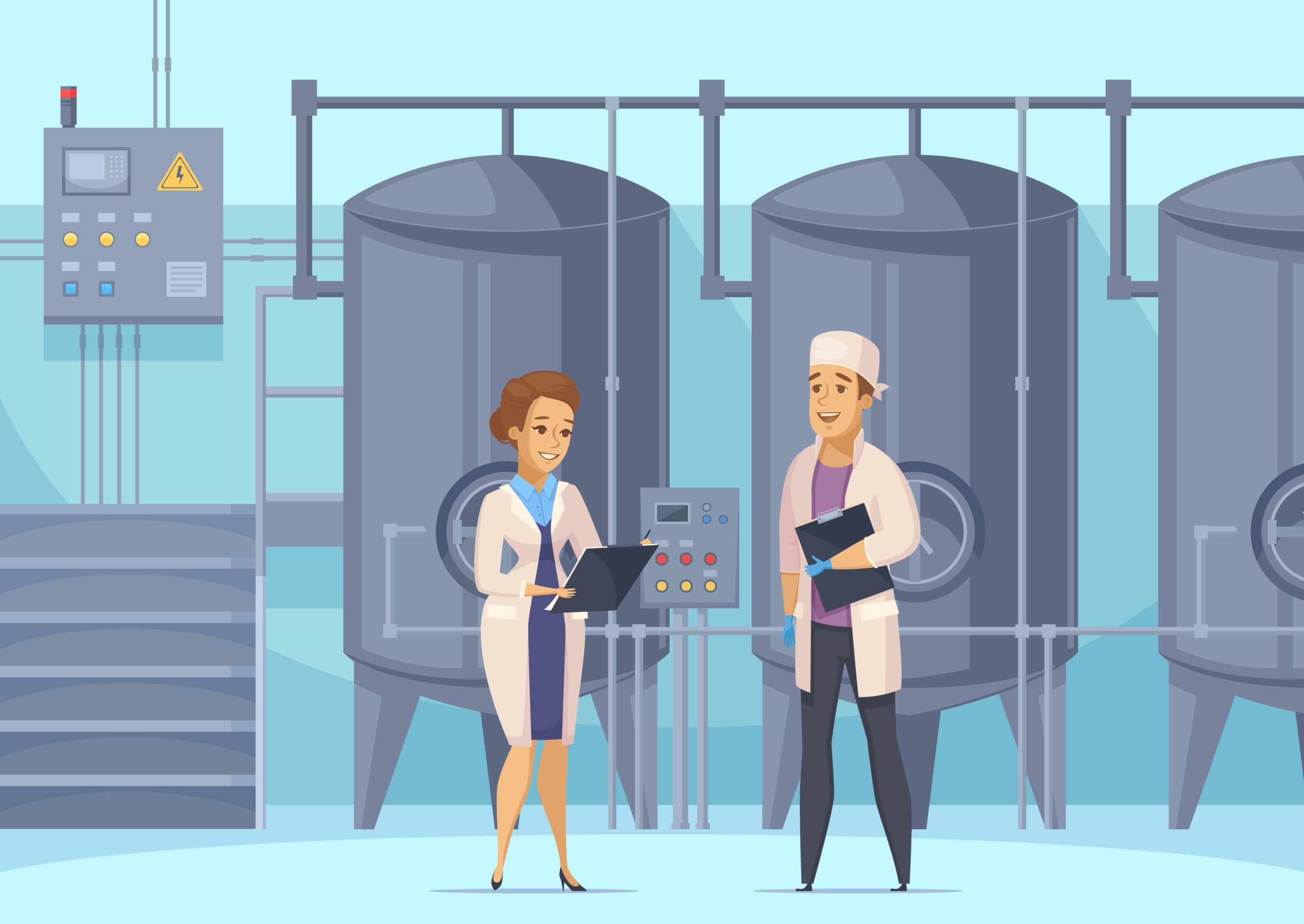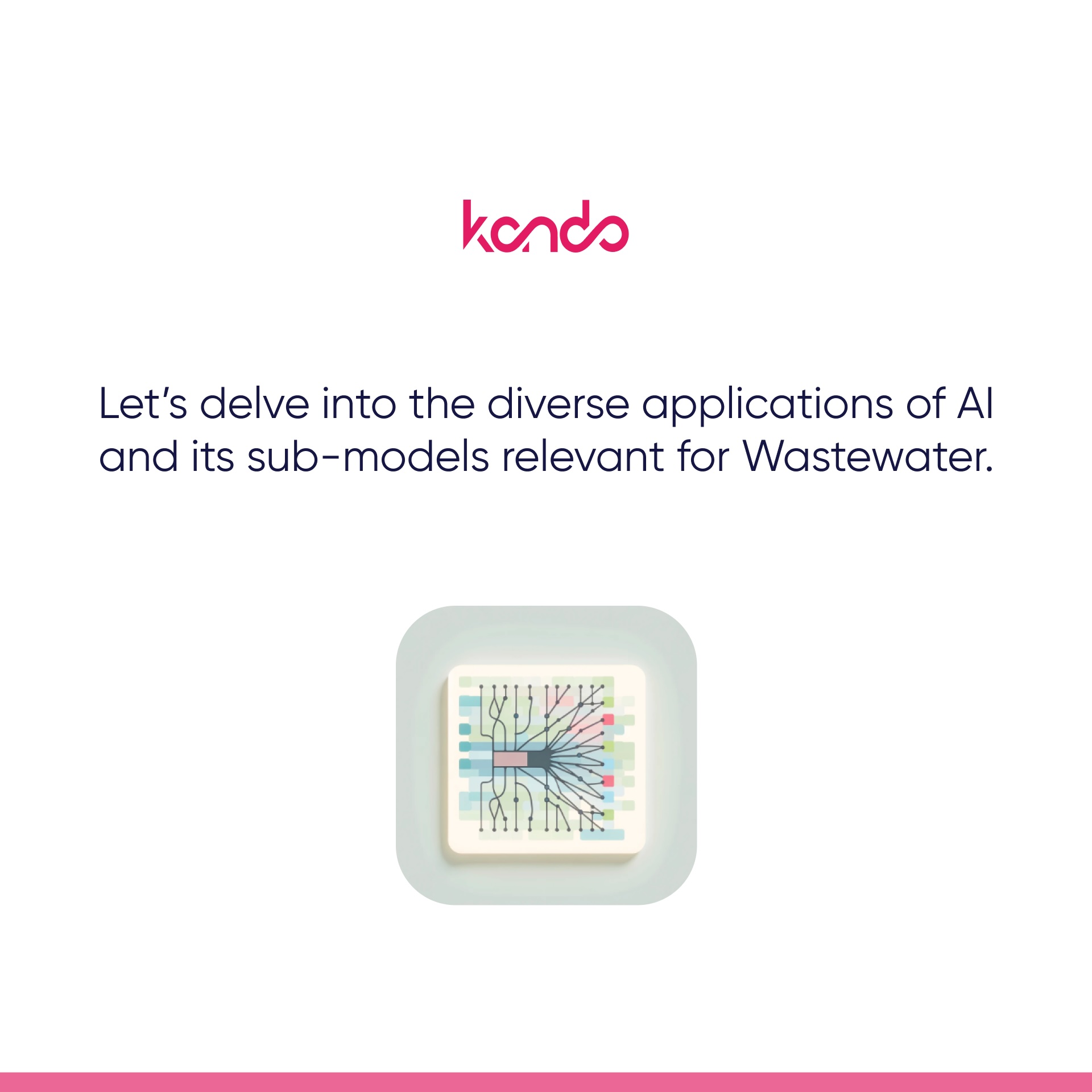Admin
July 7, 2022
Kando Pulse Case Study | Dairy processing effluent monitoring
Download Content

The dairy industry is generally considered to be the largest source of food processing wastewater in many countries. As awareness of the importance of improved standards of wastewater treatment grows, process requirements have become increasingly stringent. Although the dairy industry is not commonly associated with severe environmental problems, it must continually consider its environmental impact — particularly as dairy pollutants are mainly of organic origin. For dairy companies with good effluent management systems in place, treatment is not a major problem, but when accidents happen, the resulting publicity can be embarrassing and very costly. All steps in the dairy chain, including production, processing, packaging, transportation, storage, distribution, and marketing, impact the environment. Owing to the highly diversified nature of this industry, various product processing, handling, and packaging operations create wastes of different quality and quantity, which, if not treated, could lead to increased disposal and severe pollution problems. In general, wastes from the dairy processing industry contain high concentrations of organic material such as proteins, carbohydrates, and lipids, high concentrations of suspended solids, high biological oxygen demand (BOD) and chemical oxygen demand (COD), high nitrogen concentrations, high suspended oil and/or grease contents, and large variations in pH, which necessitates “specialty” treatment so as to prevent or minimize environmental problems.
Register to see the full content
and download the article
Your wastewater contains the data.
We just need to extract it so that you can optimize your operations.
Contact us and a member of our team will get back to you as soon as possible.



